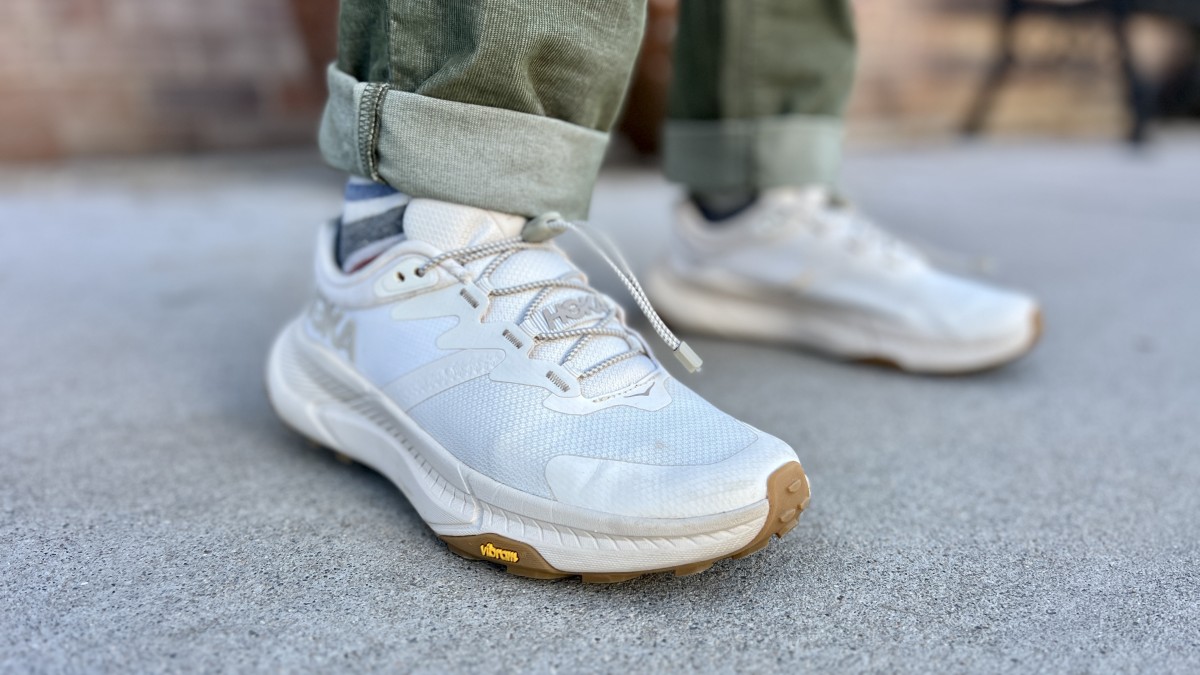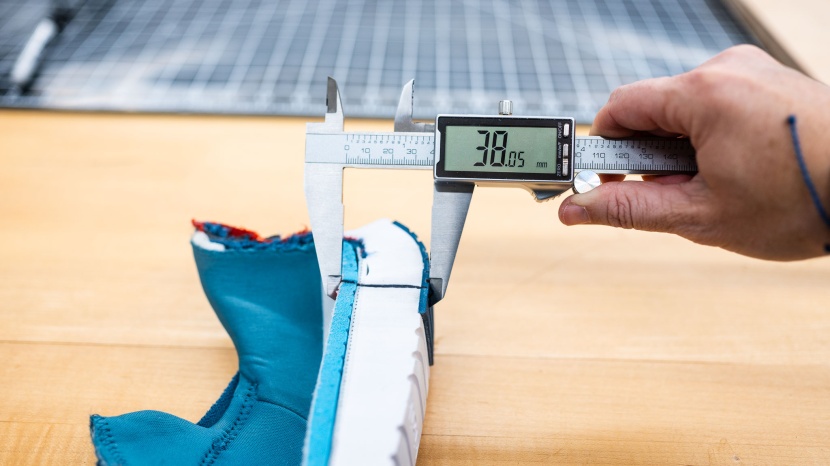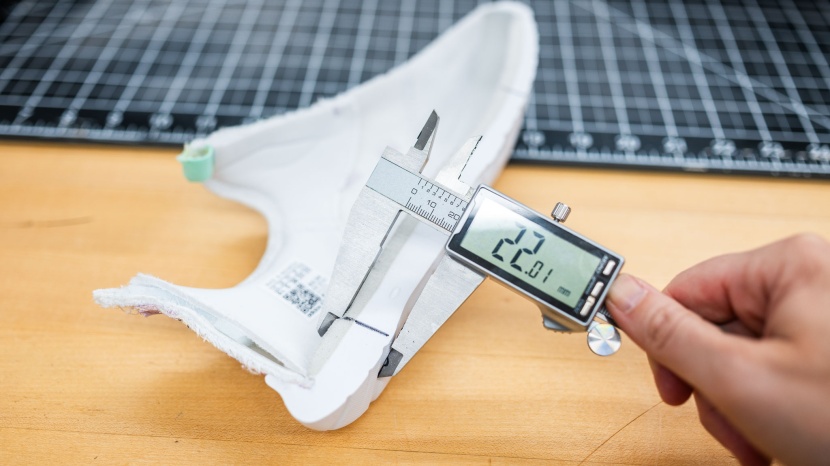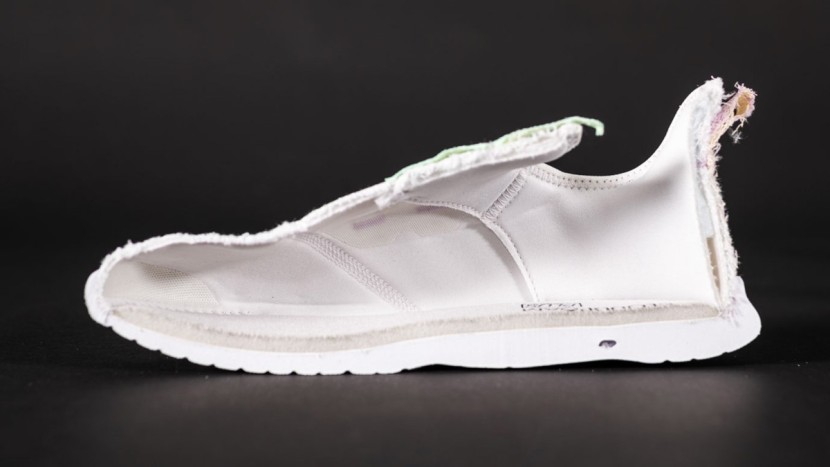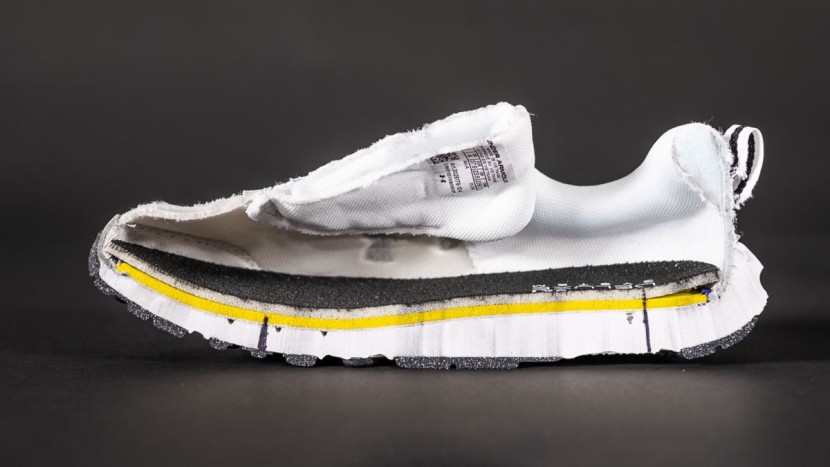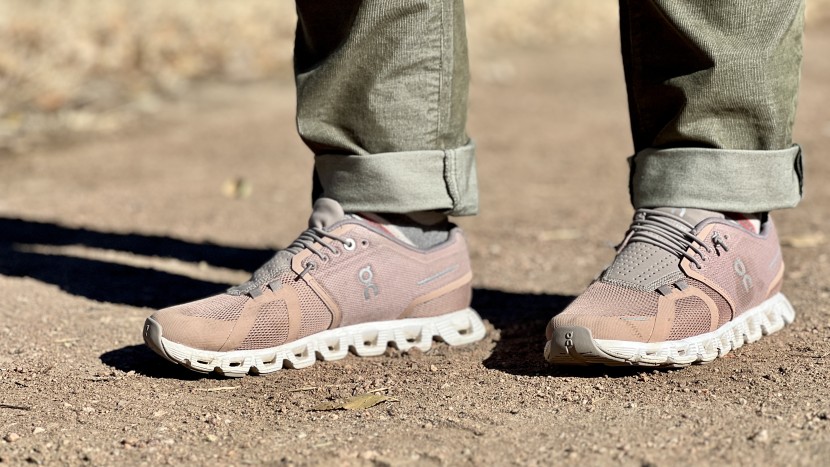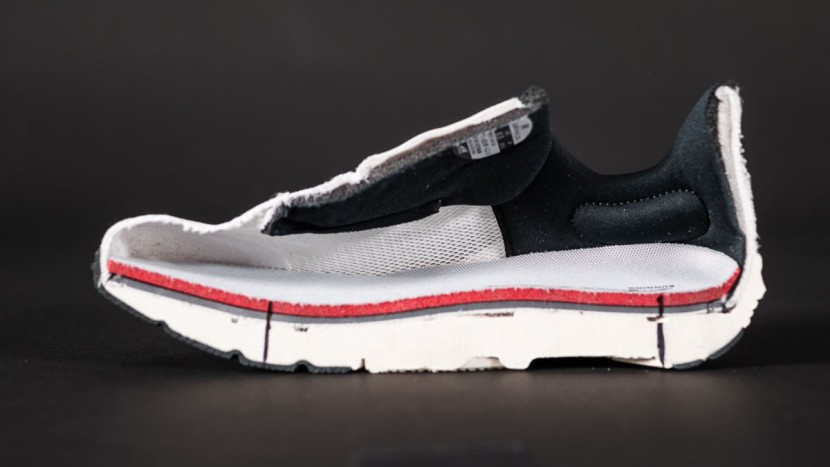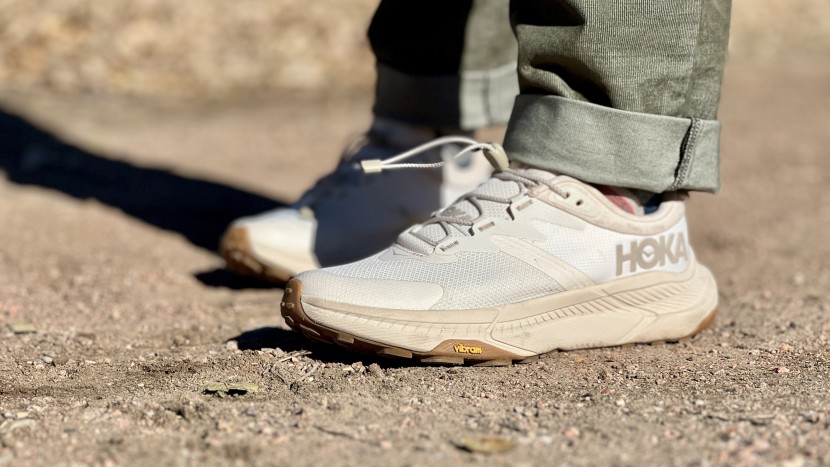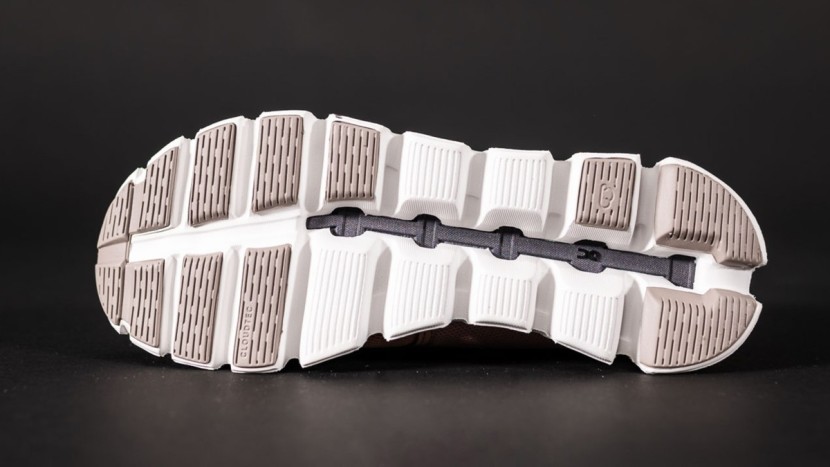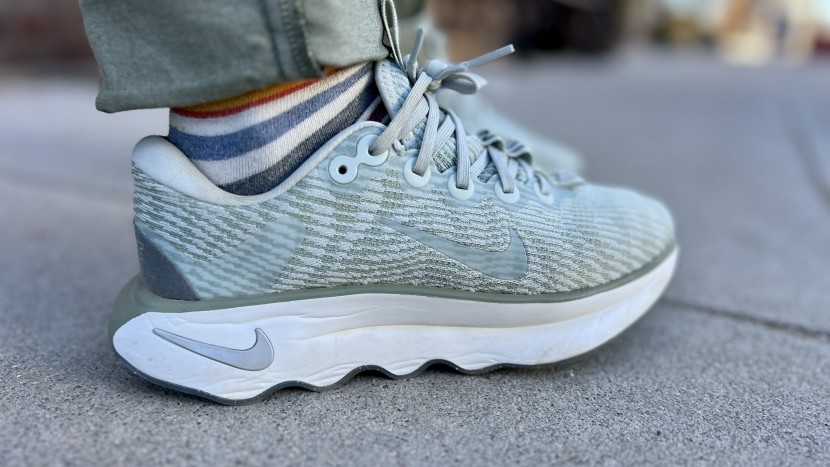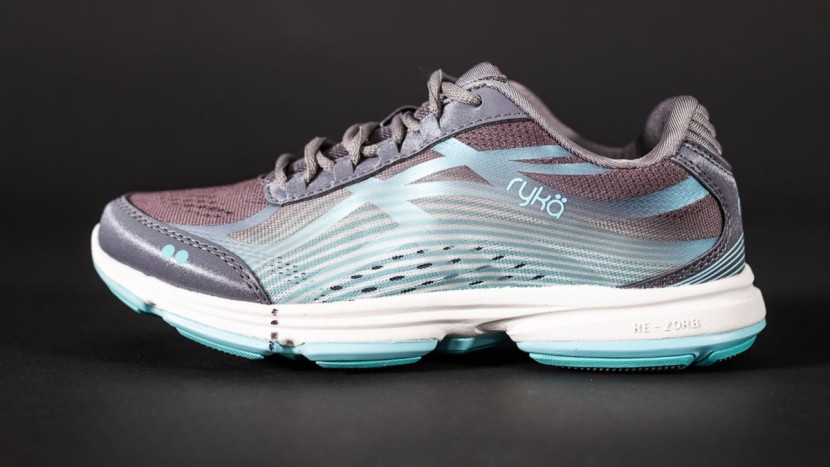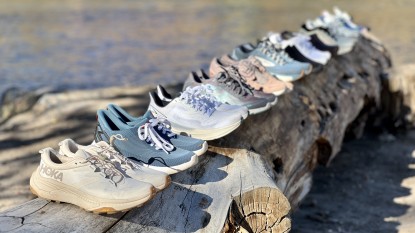The right walking shoes can make a significant difference in your comfort and endurance, whether you're walking for fitness, commuting to work, or standing all day. While needs vary based on specific activities, understanding key concepts will help you make an informed choice.
Understanding Support and Cushioning
Support in walking shoes comes from several factors including the geometric design, base width, foam density, and internal stabilizing features. Most walking shoes are neutral, with some offering added stability features that work well for the majority of walkers. More specialized motion control shoes address significant gait issues like severe overpronation.
How Much Cushioning Do You Need?
The amount of cushioning in a walking shoe significantly affects how it performs and feels underfoot. When measuring stack height (the total thickness between your foot and the ground), we see walking shoes fall along a broad spectrum from highly cushioned to minimalist designs.
High-Cushioned Walking Shoes
With stack heights over 30mm, highly cushioned shoes offer maximum impact protection and the plushest feel underfoot. These work particularly well if you spend long days walking on concrete or other hard surfaces. The substantial cushioning helps absorb repeated impact forces and can reduce fatigue when you're on your feet all day. We often recommend these to walkers with joint sensitivity or those prioritizing comfort over ground feel. However, be aware that all this cushioning can make the shoes feel less stable and connected to the ground.
Moderate Cushioning: The Versatile Middle Ground
Most walking shoes feature stack heights between 20-30mm, striking a balance between cushioning and stability. These versatile performers provide enough impact protection for most surfaces while maintaining good ground feel. The moderate cushioning allows natural foot movement while still protecting against hard impacts. We find these shoes work well for most walkers since they adapt to various surfaces and walking styles without sacrificing too much in either cushioning or stability.
Minimal Cushioning: A More Natural Approach
Minimally cushioned shoes with stack heights under 20mm emphasize natural foot movement and ground connection. These shoes allow your feet to flex and move more naturally, which can help strengthen foot and ankle muscles over time. The thin soles provide just enough protection from rough surfaces while maintaining excellent ground feel. These work best for walkers with already strong feet and ankles, those primarily walking on softer surfaces, or anyone specifically seeking a more natural walking experience. However, transitioning to minimal cushioning requires patience - your feet need time to adapt to the reduced protection.
When choosing your preferred cushioning level, consider your typical walking environment, any existing foot or joint sensitivities, and how much ground feel you prefer. There's no universally correct amount of cushioning - it's about finding what works best for your specific needs and preferences.
Midsole Features and Fit
The midsole is the heart of any walking shoe, significantly affecting comfort, support, and overall performance. Stack height - the total thickness between your foot and the ground - affects how much shock absorption the shoe provides. While higher stack heights typically offer more cushioning, they may reduce stability and ground feel. Lower stack heights provide better ground connection but less impact protection.
The heel-to-toe drop indicates the height difference between heel and forefoot. Traditional walking shoes often feature drops between 8-12mm, which can help reduce strain on the Achilles tendon. Lower drops of 0-4mm promote a more natural foot position but require stronger calves and ankles. Consider your walking style and any existing foot conditions when choosing drop height.
Many walking shoes incorporate rocker soles - curved geometry that helps roll the foot forward during each step. A more aggressive rocker can reduce forefoot fatigue and help propel you forward, though it may feel less stable initially. Subtle rockers provide gentle assistance while maintaining a natural feel.
Surface Considerations
Most walking takes place on firm, even surfaces like sidewalks, paved roads, and indoor flooring. These hard surfaces can create significant impact forces through your feet and joints. While deep lugs aren't necessary for these conditions, adequate cushioning becomes important for absorbing repeated shock. Shoes designed primarily for these environments typically feature smoother outsoles that maximize ground contact and stability.
The Cushioning vs. Stability Balance
When examining sole construction, we find there's always a trade-off between cushioning and stability. Thicker, softer soles provide more shock absorption but can feel less stable underfoot. While this level of cushioning might be essential for running shoes, walking generates significantly less impact force. Many dedicated walking shoes therefore feature moderately thick soles that balance impact protection with stability.
We've found that firmer, flatter midsoles tend to provide better stability and support. These designs keep your foot closer to the ground, offering better proprioception and a more secure feel. However, they may transmit more impact to your feet and joints, especially on harder surfaces.
Rocker Designs
Some modern walking shoes incorporate large rocker soles - curved designs that roll from heel to toe. These can help propel you forward and promote smooth transitions through your stride. However, our testing reveals they often feel less stable, especially when standing still or making quick directional changes. Traditional flatter soles might not provide the same forward momentum, but they offer superior stability and work well for a wider range of activities beyond just walking. Understanding these design elements can help you choose shoes that match your walking style and environment. Consider your priorities - if stability is paramount, lean toward firmer, flatter soles. If you're dealing with joint sensitivity or primarily walk on hard surfaces, you might prefer more cushioning. The key is finding the right balance for your specific needs.
Fit
Proper fit is crucial when selecting walking shoes. The heel should feel secure without slipping, while the midfoot should feel snug but not tight. Your toes need room to spread, especially during longer walks, and you should have about half an inch of space between your longest toe and the shoe end. The width should accommodate your foot without creating pressure points.
Traction and Durability
The outsole design determines how well your shoes grip various surfaces. For urban environments, look for outsoles with moderate lugs and durable rubber compounds that provide good grip on concrete and tile without being too aggressive. If you frequently encounter wet conditions, seek outsoles with water-dispersing channels and softer rubber compounds that maintain grip on slick surfaces.
Weight isn't everything when choosing walking shoes, but it does matter. The lightest shoes often sacrifice durability or support features that you might need. Generally, walking shoes weighing between 7-9 ounces provide a good balance of features and comfort. Lighter shoes might work well for casual walks but may lack long-term durability, while heavier shoes typically offer more support and cushioning but can cause fatigue during extended walking sessions.
Most walking shoes need replacement after 400-500 miles of use. Watch for visible compression in the midsole foam, worn tread patterns, new aches during walks, loss of cushioning, or uneven wear patterns on the outsole. Regular replacement helps prevent injury and maintains proper support.
Gender-Specific Design Considerations
Women's walking shoes aren't simply smaller versions of men's models. Several important design differences accommodate varying foot shapes and biomechanics. Women's shoes often feature softer midsoles designed for lighter body weights. While men's shoes tend to be wider overall, women's shoes typically have different proportional widths, featuring a narrower heel cup to secure the back of the foot while maintaining a roomy forefoot for natural toe splay.
Women are more likely to overpronate due to differences in hip and pelvis structure, so women's shoes often incorporate more stability-oriented features. The narrower heel cup helps maintain proper foot positioning and guides the foot into an optimal landing position. However, you shouldn't feel restricted to purchasing shoes only within your gender category - the best shoe is ultimately the one that feels most comfortable on your feet.
Conclusion
When making your final decision, remember that investing in quality walking shoes pays dividends in comfort and injury prevention. Even if you need to spend a bit more initially, better shoes typically last longer and provide superior support. Consider your specific needs - including walking surface, distance, and frequency - when making your choice. The best walking shoe combines appropriate support, comfortable fit, and durability suitable for your particular situation.

